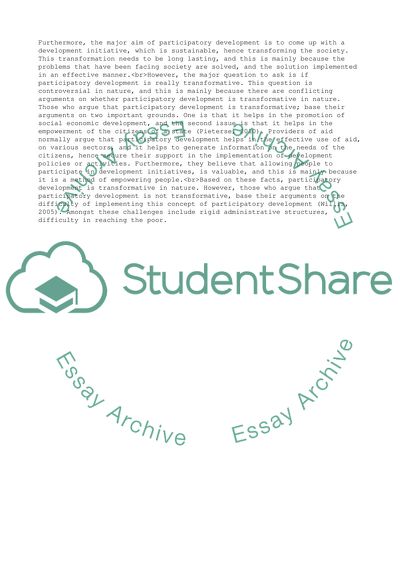Cite this document
(The Future of Development Management Dissertation, n.d.)
The Future of Development Management Dissertation. Retrieved from https://studentshare.org/management/1855584-module-title-development-management-choose-one-essay-question-from-the-following-options
The Future of Development Management Dissertation. Retrieved from https://studentshare.org/management/1855584-module-title-development-management-choose-one-essay-question-from-the-following-options
(The Future of Development Management Dissertation)
The Future of Development Management Dissertation. https://studentshare.org/management/1855584-module-title-development-management-choose-one-essay-question-from-the-following-options.
The Future of Development Management Dissertation. https://studentshare.org/management/1855584-module-title-development-management-choose-one-essay-question-from-the-following-options.
“The Future of Development Management Dissertation”, n.d. https://studentshare.org/management/1855584-module-title-development-management-choose-one-essay-question-from-the-following-options.


